A History of Korean Gaming
by derboo - 06/07/2010
Introduction
Video games are an incredibly young medium, but nevertheless their history is already full of myths and mysteries, lost treasures and forgotten heroes. The seeming inability of developers and publishers to properly preserve their company history, but much more the incredibly fast-lived nature of the industry has left the aspiring game historian with a huge mess to clean up. Yet a decent number of competent video game histories have been compiled so far.
Works like David Sheff's Game Over, Steven L. Kent's The Ultimate History of Video Games (first edition titled The first quarter) or even Winnie Forster's The encyclopedia of Game Machines all not only help gamers to grasp a greater picture of the industry around their hobby, but also supply them with countless details and anecdotes that make events of former video game times come to live. What they left out is nowadays only a few clicks away, and the curriculum vitae of the American star designer on Wikipedia is as up-to-date as the news on rediscovered Japanese prototype games from twenty years ago.
But here lies already the crux of the matter—even the most prestigious English publications are virtually confined to the two regions where video games originated and reincarnated, respectively. The internet fills the gaps for much of Europe, but every country that doesn't use latin script is locked off to Western retro gamers for the most part. People can only hope to stumble upon the oddball localization or even accounts about games from places like Russia or continental East Asia, and South Korea was no exception until it began to unleash it's wave of MMOs upon the world. This article tries to depict the history of the industry and culture from the very beginnings until its rise to fame in the new millenium. Everything before that breakthrough, especially considering the early stages, is so far covered only vaguely and anecdotally even in Korean. A whole country full of games many may have never heard about awaits.
Enriched with tons of company profiles, short reviews and specials, the finished article could easily fill a book, and probably a rather thick one at that. Therefore, it is divided into three greater parts of which only the first is available so far, covering the first stages until the Korean industry managed to secure their humble position on the domestic market at the side of the advanced foreign competition. Stay tuned for the second one, due in 2011.
Discuss this article on the forums.
Table of Contents
0. Conventions and disclaimer
A. History
Part 1: First steps and emancipation (1976-1993)
B. Specials
Finding Korean retrogames
Lost games: 1987-1993
Lost games: 1994
The other Korea
Interview: Kim Kyongsoo and Kim Seongwan
C. Company Profiles
A+
Ablex
Aproman
Byulbram Creature
Clover
Daou Infosys
Daewoo Electronics
Dooyong
Danbi System
DS Game Channel
Family Production & Pentavision
Goldstar / LG
HiCom
Hyundai Electronics
Jigwan
KOGA
Makkoya
Mantra
Mirinae Software
Open
Philko
Prosoft
Sammi Computer
Samsung Electronics
Semicom
SIECO & Gameline
SKC Soft Land
Soft Action
Softmen
Static Soft
SunA
Topia
TWIM
Zemina
Other games 1988-1993
Other games 1994-1995
D. Appendices
Game Index
Overview of game consoles
Early home computers
Gaming magazines
Localized games from Korea
Game credits repository
Glossary
E. Supplements (blog)
Korean Street Fighter animated movie
Visit to the GoldenBell Joymax factory in 1993
|

Sin'geom-ui Jeonseol (Apple II, 1987)
|
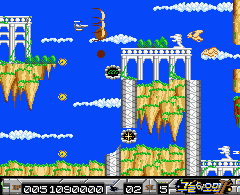
The Day II (MSX, 1991)
|
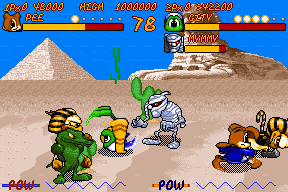
Pee & Gity Special (PC-DOS, 1994)
|
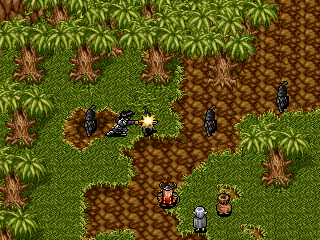
Forgotten Saga (PC-DOS, 1997)
|
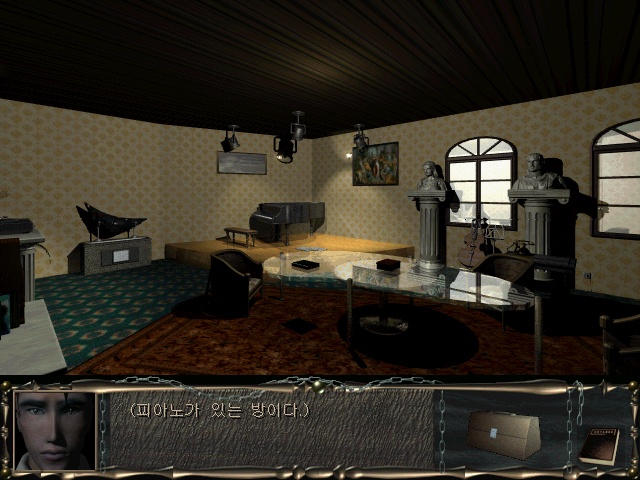
Zaphie (Windows, 1999)
|
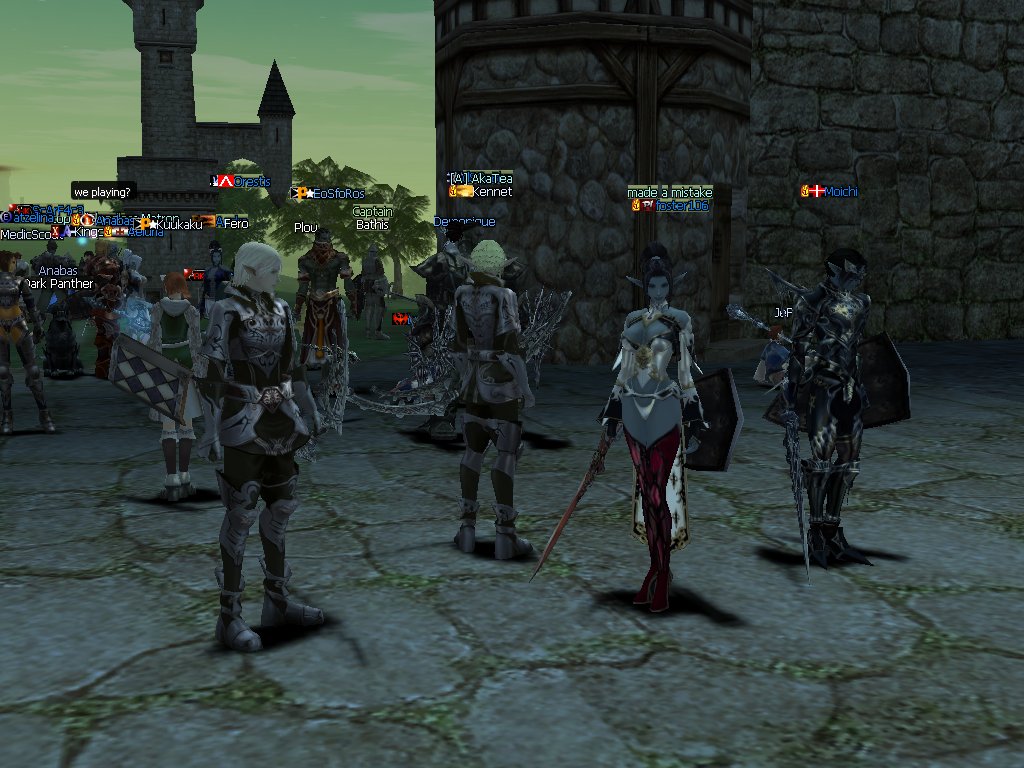
Lineage 2 (Windows, 2003)
|
|

